A Ride-Along With the Underground Railroad Rescued Kitty Network
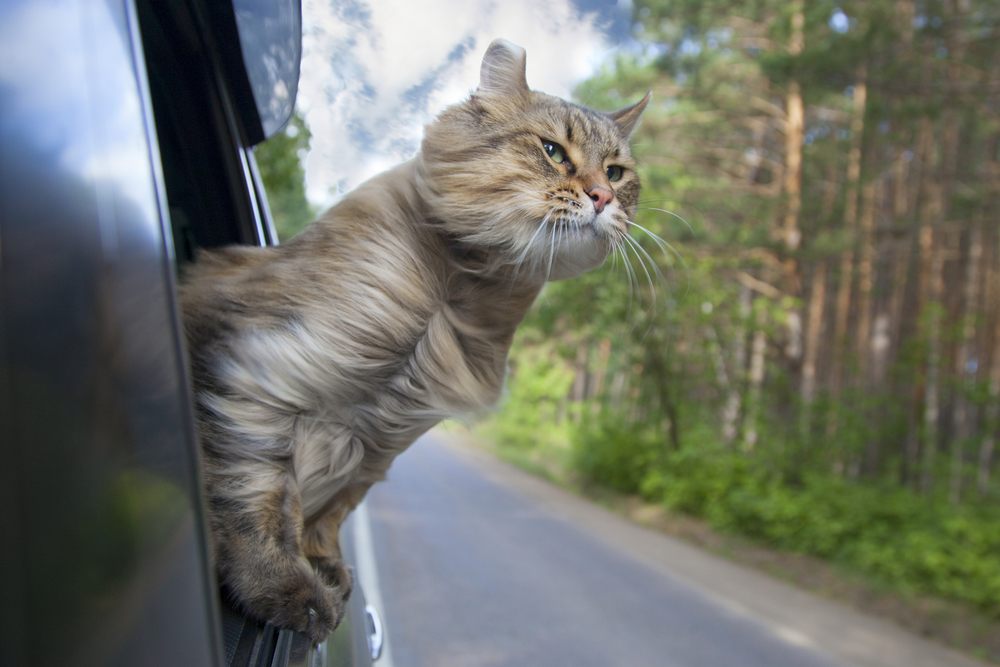
(Photo: Popel Arseniy/shutterstock.com)
The following is an account of events experienced first-hand.
The rendezvous was arranged for a motel parking lot just off the I-44 freeway in Oklahoma. (“Please beware of this one,” warned a Google review of the motel. “Your life is not safe here.”) A helicopter cruised overhead. Outside, the temperature was over 100 degrees Fahrenheit. A man and a woman in a black Jeep Grand Cherokee rolled under an awning.
Ten minutes to go before the drop-off. A man made a beeline toward them, walking fast and with purpose, clutching a Little Caesar’s Pizza pie. He rapped on the glass. “You. Go. Move along. You can’t stay here. This is my hotel.”
The woman in the Jeep stretched against her belt and glared at him: “This is a matter of life and death,” she said.
“Okay, fine,” he said. “Go in the parking lot. You can stay five minutes.”
Five minutes was just long enough to make the transfer. Soon, a beige SUV pulled up and popped up the cargo bay door: inside, two caged cats were blinking in the September sun: a spry, mostly black tuxedo cat with a white ruff named Tux and a timid orange tabby tom named Luther. The driver and the woman carefully carried the cats from one car to another, brushed the baby tumbleweeds from their grill, waved goodbye, and sent a text to the trip ambassador confirming the transfer.
With that, another leg of Tux and Luther’s journey on Underground Railroad Rescued Kitty Network had begun.
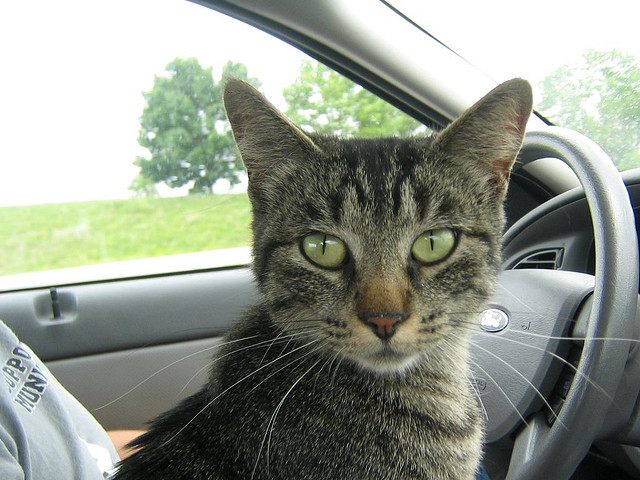
Kitty road tripper. (Photo: Michael Cornelius/flickr)
URRKN is an elegant technological solution to a logistical problem that has plagued animal shelters since their inception: people who want to adopt a cat don’t necessarily live in the same community as the shelter.
Tux was found shivering behind a housing complex in Holland, Ohio. Given how friendly he was, and the fact that didn’t he didn’t have an ID microchip, didn’t belong to the local crowd of feral cats, and no one came forth to claim him, his rescuers declared him abandoned. The cage-free Maumee Valley Save-a-Pet shelter in Toledo, Ohio took him in, but Tux tested positive for FIV (a feline autoimmune virus similar to HIV), which meant they couldn’t risk keeping him for long or else they might infect the others. They couldn’t let him go either; with FIV in his system, Tux was unlikely to survive another harsh Ohio winter by himself.
Luther’s story was equally tragic. Humane Ohio found him sunning himself in senior housing facility near Lutheran Village. He had a nasty cold and was drooling from an inflamed gum. They trapped him and cleaned him and took him in, but couldn’t keep him. Best Friends Animal Society in Kanab, Utah had room for both critters, but there was a problem: they were 2,275 miles away. So they contacted the Underground Railroad Rescued Kitty Network.
The URRKN provides the essential service of transport as well as matching human with cat, since even if a shelter does find someone willing to adopt from someplace far from home, feline transport over long distances takes time most working adults don’t have. Plus, as anyone who has ever had to capture and cram a terrified uncooperative creature in a carrier 10 minutes before checkout time knows, long-distance travel is taxing on cats and their companions.
♫ ♪ ♥ [̲̅̅A̲̅][̲̅̅A̲̅][̲̅̅L̲̅][̲̅̅L̲̅][̲̅̅L̲̅] [̲̅̅A̲̅][̲̅̅B̲̅][̲̅̅O̲̅][̲̅̅O̲̅][̲̅̅O̲̅][̲̅̅A̲̅][̲̅̅R̲̅][̲̅̅D̲̅][̲̅̅!̲̅!]…
Posted by Underground Railroad Rescued Kitty Network URRKN on Saturday, October 31, 2015
Founder and Fairy Cat Godmother Tina LaBlanc knows this all too well. She created the network in 2011 after an airline nearly lost her cat. It brought back horrific memories of an earlier incident.
“Fifteen years earlier an airline lost one of our cats,” she says. “When the unthinkable happened we were offered $7 a pound!” Somebody had to do something about animal transport, she said, “and I realized I was that ‘somebody’.”
In their first year, 2011, the network moved 64 cats, including three during the hectic Christmas season. They’ve since grown considerably—their rescue stories are like catnip to cat lovers—and now have 24,000 members, almost all of whom learned about the organization through word of mouth and members sharing their enthusiasm and pictures of winsome rescues on Facebook. That number includes about 3,000 volunteer drivers who’ve given insurance verification and agreed to follow URRKN’s code of conduct, designed to keep cats and their conductors safe and comfortable during the trip.
The group’s mandate is to “transport rescued kitties to FOREVER HOMES.” (A forever home is a cat’s adoptive family). Some transports, like Tux and Luther’s, take place between shelters, but often the cat is traveling directly to his or her adoptive family. URRKN will even reunite owners with missing pets.There’s a form on their Facebook page to fill out if you ever need to transport a cat. It’s free to use, but money is scarce and it’s run entirely by volunteers, so not every request can be accommodated.
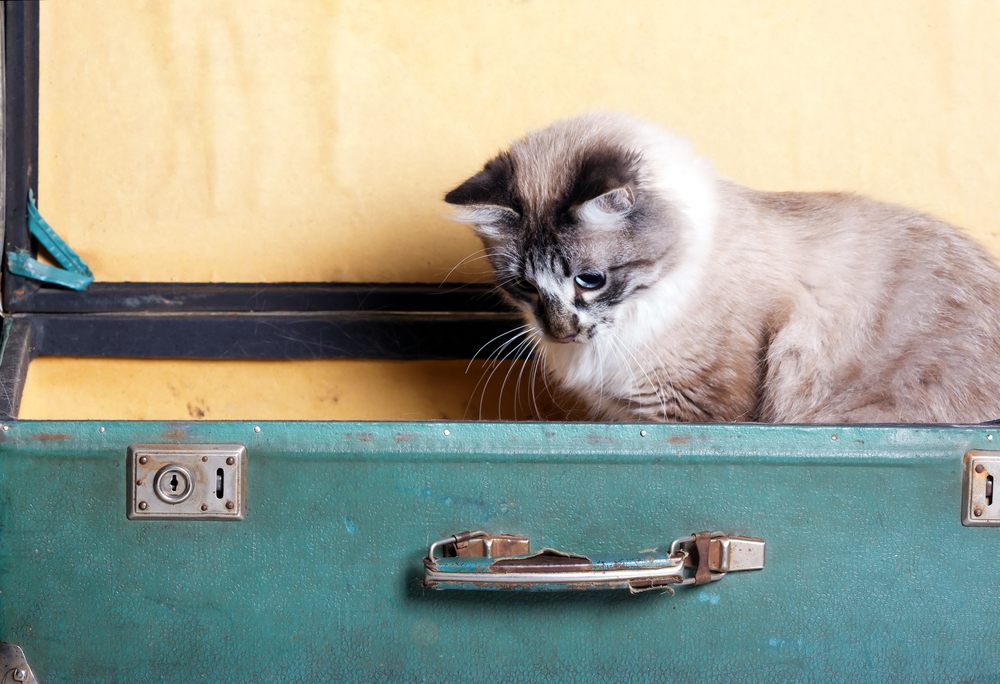
(Photo: Ivan1981Roo/shutterstock.com)
Using Google Maps, a spreadsheet and their community which has members all over the country, URRKN divided Tux and Luther’s trip into two segments: the first went from Toledo, Ohio to Oklahoma City, Oklahoma, and then, after a week-long stay with a trusted volunteer, the cats traveled to Kanab, Utah. Each segment was broken up into a series of individual legs, each approximately an hour and a half long. The legs were then offered to 3,000 volunteer drivers and hosts (who board cats during their voyage for stays ranging from overnight to a couple of weeks).
It’s like a relay race: Tux and Luther are the batons and the drivers are the runners. During the journey the drivers keep in touch with the organization’s event ambassadors with apps and by texting updates.
The organization manages every detail of the transfer, down to the custom-designed cat crates that held Tux and Luther. Luther was scared and coiled in a tight amber ball in his cage, but otherwise the two rescues seemed no worse for having traveled nearly a thousand miles. A weeklong stay in Oklahoma City gave them time to stretch and rehydrate before their journey to Utah.
Occasionally URRKN will post a video of a cats’ arrival. In other cases, the underground railroad drivers need to make do with imagining the moment at the end of a journey that involved multiple volunteers and thousands of miles. After bidding farewell to their feline roadtrippers, Tux and Luther’s drivers took a moment to envision their charges settling into their new home before getting back online and looking for another cat to save.


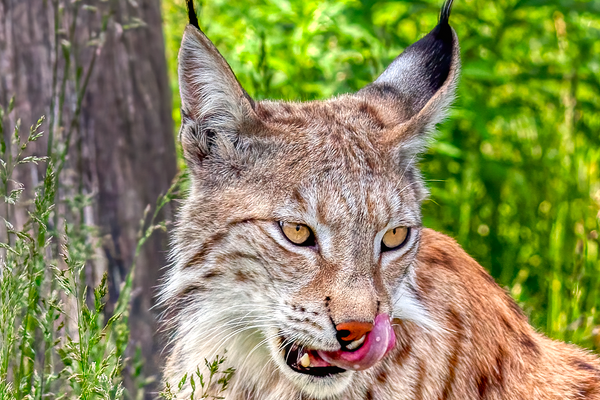
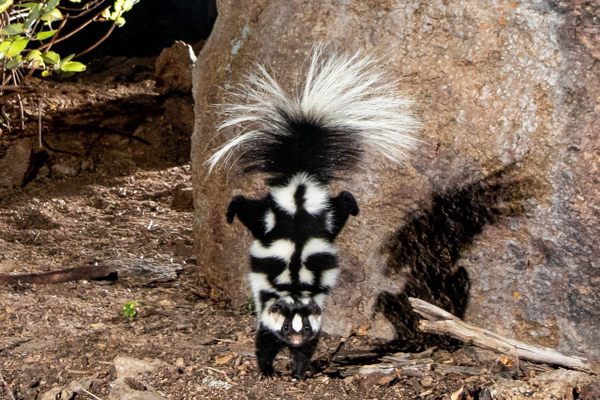
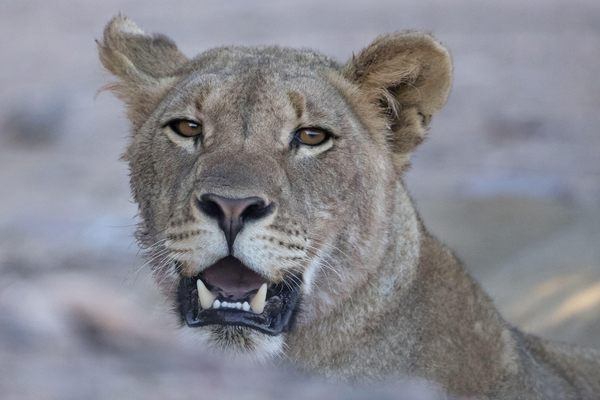










Follow us on Twitter to get the latest on the world's hidden wonders.
Like us on Facebook to get the latest on the world's hidden wonders.
Follow us on Twitter Like us on Facebook